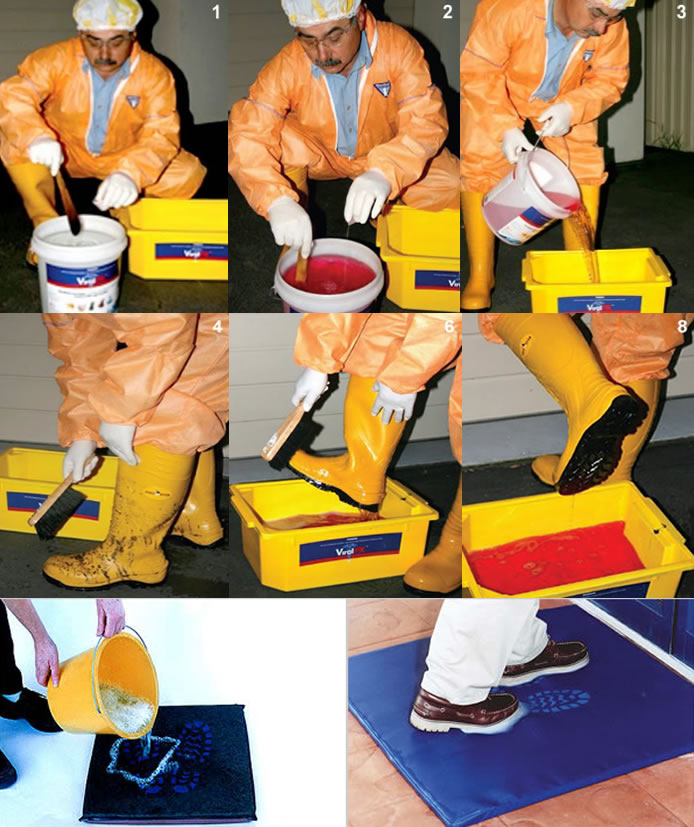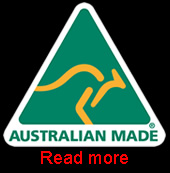Biosecurity Everyday
In between applications of the terminal disinfection programme, the possibility of reintroducing infectious disease-causing organisms back is high. Therefore, continuous biosecurity procedures must be put in place to help reduce the risk of exposing operatives to disease-causing organisms.
PROCEDURES

- All vehicles must be cleaned and disinfected prior to arrival on site with only essential vehicles being allowed to enter. All other cars, staff, service vehicles etc. should be kept outside the site perimeter.
- Provide hand washing / sanitizing facilities at the entrance of each building. Use either an antibacterial hand soap or instant hand sanitiser.
 Rodent control - rats and mice may be responsible for assisting the spread of pathogens responsible for diseases such as salmonella and E-coli. An IPM (Integrated Pest Management) five-step program provides effective routine control through; Inspection, Identification, Sanitation and Cleaning, Rodent Proofing and then Baiting, using proven effective rodenticide products.
Rodent control - rats and mice may be responsible for assisting the spread of pathogens responsible for diseases such as salmonella and E-coli. An IPM (Integrated Pest Management) five-step program provides effective routine control through; Inspection, Identification, Sanitation and Cleaning, Rodent Proofing and then Baiting, using proven effective rodenticide products.
- On entry to the site, all visitors must use boot dips and vehicle wheel disinfection baths filled with ViralFX™ at a dilution of 1:100. The disinfectant solution should be changed daily or when heavily soiled.
- Where possible, visitors should be provided with “facility-only” boots and overalls and a shower-in policy should be in place, along with hand-washing facilities.
- Keep paths and areas around houses and buildings clear of organic matter and debris, as these are a potential potent source of infection which could be transferred from one building to another on the footwear of personnel.
- Spray these outside areas regularly with ViralFX™ at a dilution of 1:100 (1%).

DANISH ENTRY SYSTEM
The Danish Entry System is a good example of an easy to use biosecurity tool that can greatly help reduce the spread of disease-causing organisms that affect poultry, swine, bovine, equine, aquatic production, and productivity such as viruses, bacteria or fungi, disease may spread via recognised vectors of infection, from the animals themselves, the people who handle them, contaminated food and water, housing and equipment, even the air itself or spreading from a shed / barn.
The key to the Danish Entry System:
- a bio-secure entrance to the production shed / barn
- the entrance area of the shed / barn has separate clean and dirty areas divided by a physical barrier, usually a small dwarf wall
- upon entry to the building you will be in the “dirty” area where you will be required to:
- disinfect footwear using a disinfection boot dip / Foot-dip
- remove outer clothing and footwear
- wash and disinfect hands
- move to the clean area, on the other side of the barrier, where clean protective clothing, such as boots and coveralls, are provided (boots should be put on before coveralls)
- Disinfect boots using the disinfectant boot dip / Foot-dip provided, and then enter the production area
- The protocol is completed in reverse when exiting the building.








